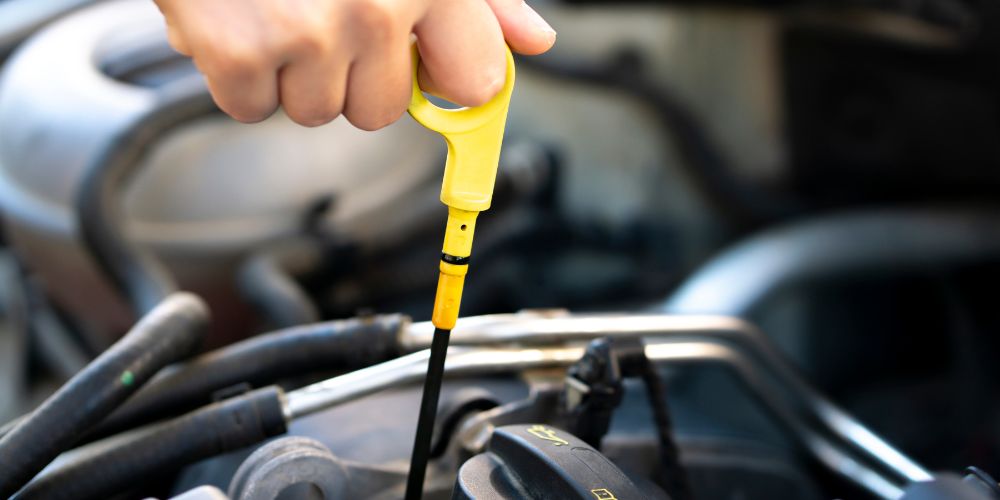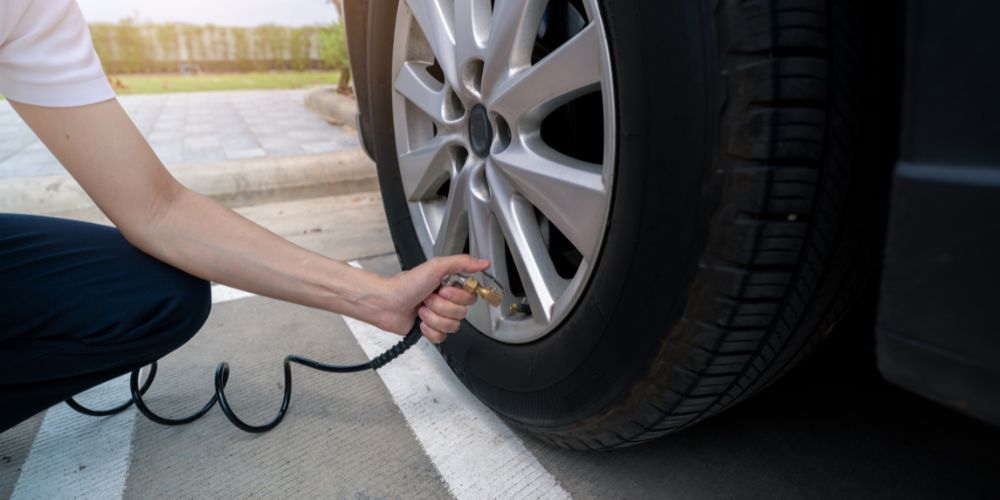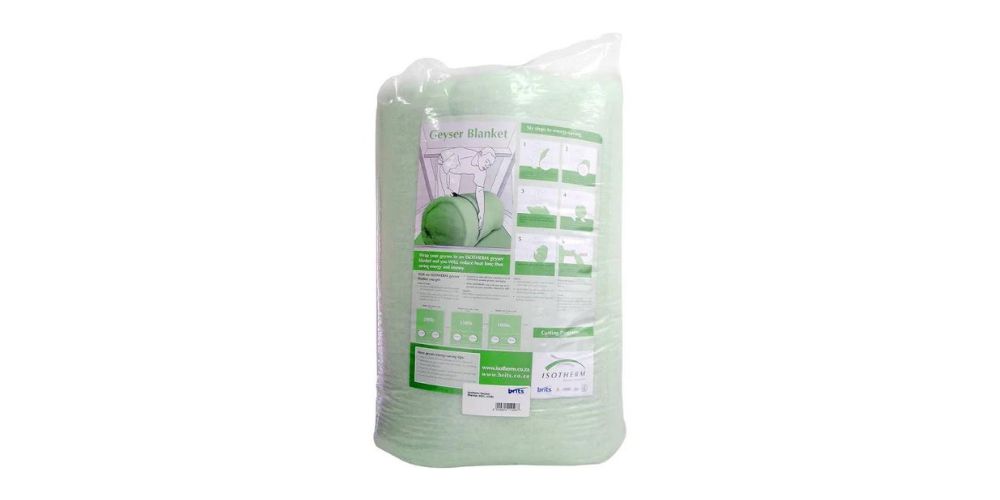Maintaining your vehicle’s fluid levels is crucial for its longevity and performance. However, it’s important to know the right time to check and top up these fluids to avoid potential dangers and ensure accurate readings. One of the key times to avoid is when your car is hot from driving.
Reasons why you should wait until your car has cooled down before topping up its fluids
Risk of Burns and Injuries
When your car has been running, many of its components and fluids reach high temperatures. Here are specific examples of how topping up fluids can be dangerous:
- Coolant: The coolant system operates under high pressure when the engine is hot. Opening the radiator cap or coolant reservoir can cause hot coolant and steam to burst out, leading to severe burns. It’s safer to check and add coolant when the engine is cool and the pressure has subsided.
- Oil: While adding oil when the engine is hot is not immediately dangerous, there is a risk of accidental contact with hot engine parts, which can cause burns. Moreover, handling engine components in high heat increases the risk of injury.
Inaccurate Fluid Levels
Fluids expand when they are hot, which can lead to inaccurate readings and potentially improper filling:
- Engine Oil: Checking oil levels when the engine is hot can give a false reading due to oil expansion. This might lead you to overfill the oil, which can cause excessive pressure in the crankcase, leading to oil leaks and even engine damage. It’s best to wait for the engine to cool down for a more accurate measurement.
- Transmission Fluid: Similar to engine oil, transmission fluid expands when hot. Checking it immediately after driving can result in an inaccurate reading. Consult your vehicle’s manual for the correct procedure, which often involves checking the fluid at operating temperature but under specific conditions.
Potential Component Damage
Topping up certain fluids while the car is hot can cause thermal shock to the components:
- Engine Components: Pouring cool fluids into a hot engine can cause thermal shock, potentially leading to cracks in engine blocks or heads. This is especially true for coolant systems where sudden changes in temperature can cause significant damage.
- Brake Fluid: Adding brake fluid to a hot system can introduce air bubbles if the fluid boils, compromising braking efficiency and safety.
Correct Procedures for Topping Up Fluids
To ensure safety and accuracy, follow these guidelines for checking and topping up your car’s fluids:
- Engine Oil: Park your car on a level surface and wait for the engine to cool down. Check the oil level with the dipstick and add oil if necessary, being careful not to overfill.
- Coolant: Only check the coolant level when the engine is cool. Open the radiator cap slowly to release any residual pressure safely.
- Brake Fluid: This can generally be checked regardless of engine temperature, but avoid spilling fluid on hot surfaces.
- Transmission Fluid: Follow the manufacturer’s instructions, which may involve checking the fluid at operating temperature but with the engine running and the vehicle on a level surface.
Conclusion
Topping up your car’s fluids is a vital part of vehicle maintenance, but timing is crucial. Waiting until your vehicle has cooled down not only ensures your safety but also provides accurate readings and prevents potential damage to your car’s components. By following the correct procedures, you can maintain your vehicle’s performance and longevity effectively and safely.



